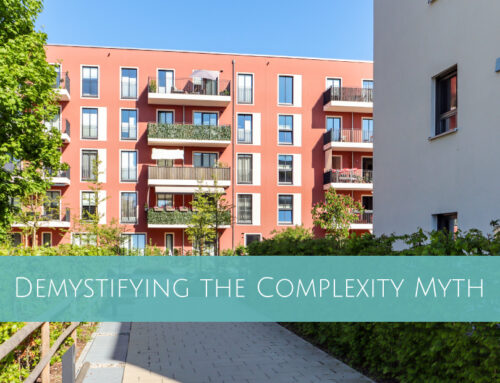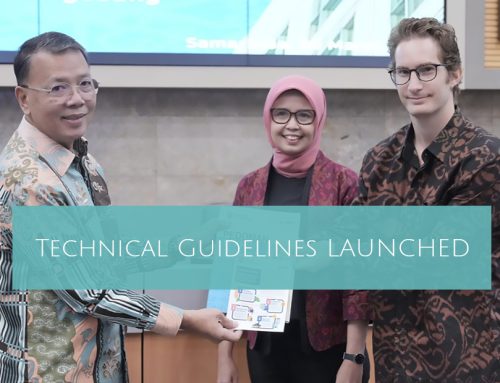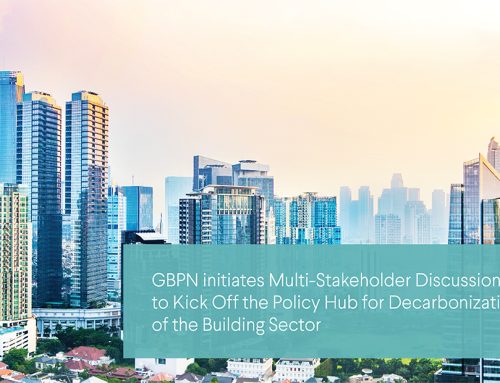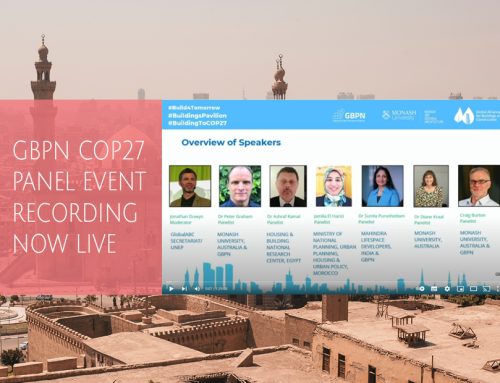The “How To” of Code Development
Last August, the IEA & UNDP hosted a webinar to launch their joint publication: “Modernising Building Energy Codes to Secure our Global Energy Future”. The issues discussed in the webinar were very important but from the questions asked by the audience, it was clear that there is still a demand for further information about how to implement the recommendations made and to learn from existing best-practice examples.
Sharing the best-practices online
Our interactive on-line Policy Comparative Tool, developed earlier this year supports policy makers to develop dynamic and ambitious building codes. It compares and analyses building energy codes and supporting policy packages from around the world based on 15 criteria. 25 building codes have been analysed so far. The aim of the tool is to support policy makers to develop dynamic, holistic and ambitious building codes by drawing on lessons learned from current best practices. By understanding how countries have designed and implemented best practice codes, policy makers can use this information to support the design of future policies.
Our analysis of the 25 codes included in the tool shows that a number of key issues need to be addressed if we are to see significant GHG mitigations in the building sector. Those issues include the need for: a more holistic approach to code design, the development of a dynamic process with frequent revision cycles and proper implementation. A number of codes scored well under these themes/criteria and have a significant amount of practical best-practice knowledge to share with other countries.
Next step: webinars on “How to”
The IEA/UNDP webinar has inspired us to delve deeper into the practical aspects of developing and implementing codes and to host a series of webinars based on the findings from the Policy Comparative Tool. The aim of this webinar series is to provide practical information from best practice codes about “how to” develop and implement ambitious building energy codes. Experts involved in policy development in countries that have been successful in addressing these issues will share their experiences of code development; providing historical and political context, outlining what factors were significant in driving change and what the market conditions were like at the time of development as well.
The first webinar will be held on the 13th of November and will address the issue of developing a dynamic process and setting long term energy targets. A number of best-practice examples in this field will be presented and we hope this will be followed by a lively discussion. Further details will be posted on our website www.gbpn.org. We look forward to seeing you there!
Related News
- [Report] The GBPN Compares Building Energy Efficiency Policies for New Buildings
- [Event] Webinar “Getting the Building Codes right” – 13 November 2013 – 4 p.m CET
- [Event] Webinar “Getting Building Codes Right” – 11 December 2013 – 5 p.m CET
- [Event] Webinar “Getting Building Codes Right” – 10 February 2014 – 5.00 p.m CET
- [Report] Video Recordings of our Series of Webinars “Getting Building Codes Right”
Related Report Bundles
Share This Story, Choose Your Platform!
Stay in touch with how we’re transforming the buildings sector
GBPN runs innovative building policy reform programs in key regions around the world that aim to tackle the climate emergency by decarbonising the buildings sector. Stay up to date with our newsletter.
Stay in touch with how we’re transforming the buildings sector
GBPN runs innovative building policy reform programs in key regions around the world that aim to tackle the climate emergency by decarbonising the buildings sector. Stay up to date with our newsletter.






